What Shapes Should Pearls Be? Exploring Pearl Shapes and Their Value


Do various pearl shapes trick you? Don’t worry! Round pearls are a classic option, while baroque infuse bold appeal in settings. Even the pearl shape impacts the value and appeal of the jewelry pieces.
Different shapes lead to confusion while picking pearl jewelry. Round pearl’s smooth yet perfect shape covers classic design. Hence, perfection serves as the focal point of jewelry with extreme demands. Baroque brings an artistic yet modern touch to give a steering look. Unique shapes infuse a distinct aura on any attire that fits your style.
Want to select the best pearl shape for your jewelry? Keep scrolling through our detailed guide to learn about each type. With the subtle nuances of shapes, infuse unique elements in attires.
Common Pearl Shapes in Jewelry
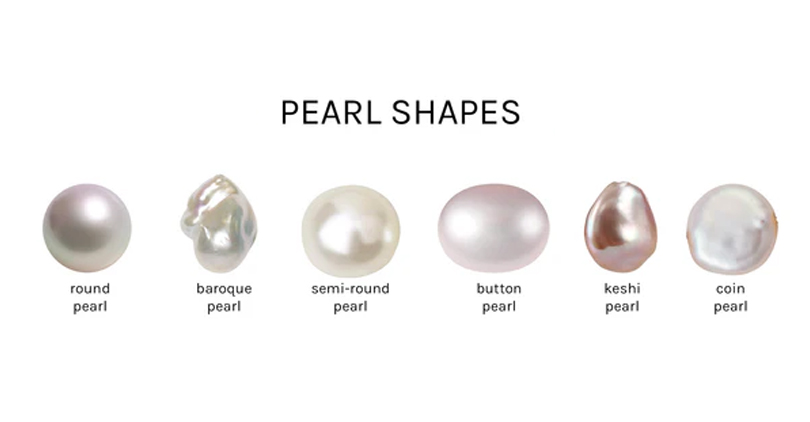
Pearl shape plays a crucial role in addressing the value of jewelry. Let's dive into a few common shapes in the pearl market.
Round Pearls
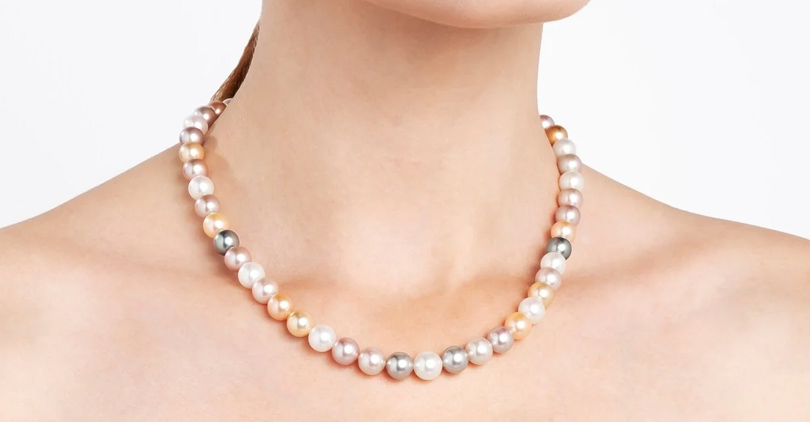
With only 2-5% of the total harvest, the round pearl is a classic, valuable shape. The perfect symmetry and flawless surfaces pose high demand in the pearl market. Even the eight-way rollers with apical luster have become a staple option.
Some myths arise that only saltwater oysters produce round pearls! Every oyster is capable of making the most sought-after shape. Yet, the production rate is higher in saltwater oysters, with 10% of the yearly harvest. Due to its rich history, round pearl peaks tradition with heirloom pieces.
Near-Round Pearls
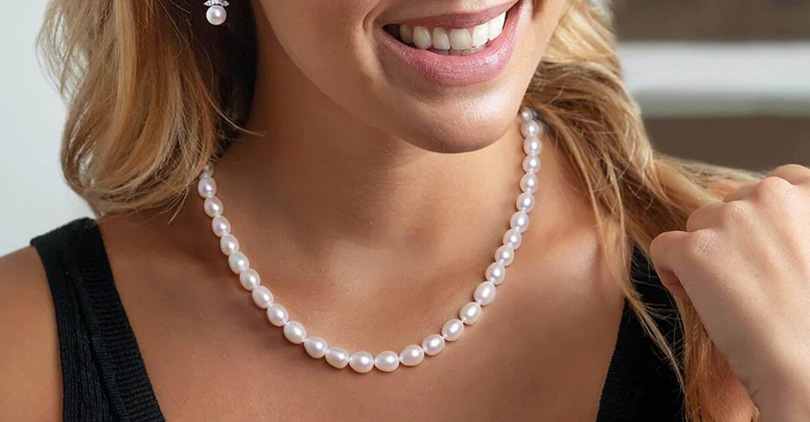
While featuring slight deviations, near-round pearls are round to the eye. Only appears as minute oval-ish on close inspection. With a slight variation, people prefer these shapes in contemporary design.
Based on Pure Pearls, the wobble shape balances classic and casual strikes. To spot the difference, lay pearls on a plain surface and roll them. With 2-3 rolling rolling back and forth, you can check for a wobble. If you want unique pieces with elegance, round-ish is a pleasing option.
Button and Drop Pearls
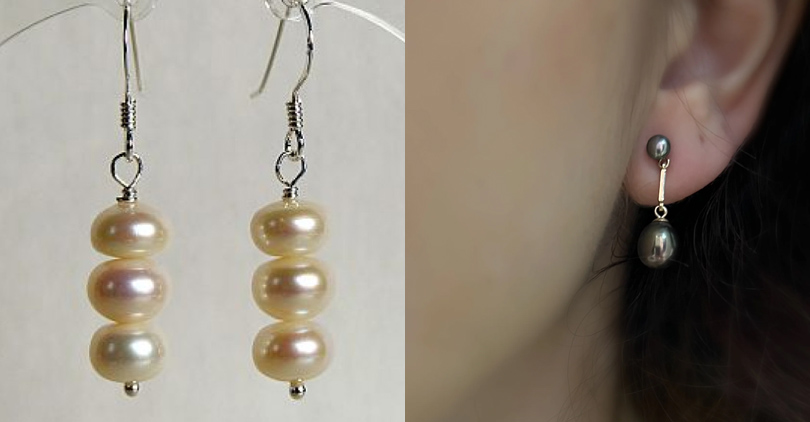
The button pearl shape includes a tiny, curvy bottom with a domed top. Due to the flat one side, it suits the earlobe used as earrings. Even the flat buttons add an artistic flair to pendants to create a chic vibe.
Pearl drop is smooth and symmetrical, covering 15% of the harvest. Besides, shape variation offers extreme luster and orientation. Drop earrings or bracelets become a stunning option for a jewelry wardrobe. Hence, these versatile shapes influence the pearl craze in the pearl market.
Baroque Pearls
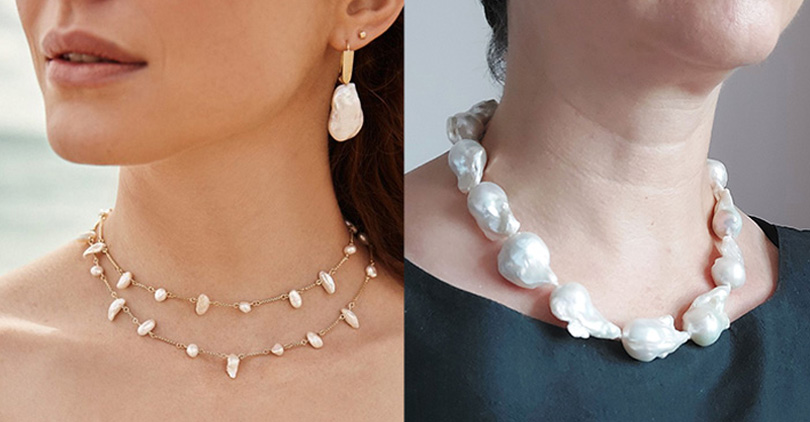
Baroque pearls cover coins, twins, hearts, and teardrop shapes. Cons include a vast flat surface with a thick and dense nacre layer. During the formation, two pearls fuse to create a dual connecting twin pearls. If the baroque is flat and wide, it makes a close heart shape.
Further, pear-shaped surfaces with oval surfaces lead to a teardrop shape. With a thin end and thick nacre, it is a centerpiece for artisans. These unique yet crazy shapes are perfect for quirky pearl pieces. Whether it’s a necklace or earring, baroque slays artistic or bohemian vibe.
Why Are Some Pearls Weird Shapes
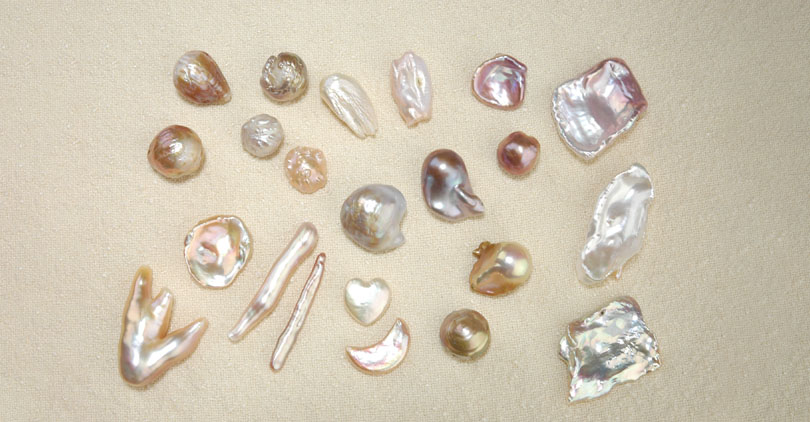
While only 2-5% of the pearl is round, it’s obvious to raise doubts! The main reasons for baroque are irritants and growing conditions. Due to non-uniformed nacre layering, baroque pearls create weird shapes. Even the scrappy nacre secretion leads to teardrop, ovoid, or curved shapes.
Various factors like irritant shape or motion cause uneven nacre deposition. During pearl formation, mollusks need to be in a consistent condition. During pearl formation, mollusks need to be in a consistent condition. Besides, water current, salinity level, and stress impact nacre layering. If the growing condition fluctuates with time, it causes some eccentric shapes.
Further, mollusk or oyster species vary in the production of pearl shape. Most cases occur as mollusk reacts to the rare irritant occurrence. Saltwater oysters lead to round pearl production yet require the right conditions.
What Is Typically the Most Valuable Pearl Shape
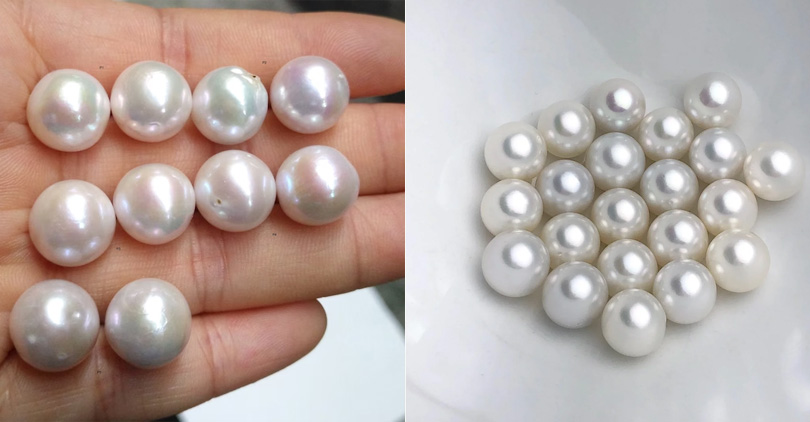
Over a century, round and near-round pearls have covered traditional aesthetics. With purity, luster, and perfection, these pearls pose extreme demand. Smooth yet perfect shape attracts artisans in classic design. Since perfection leads in jewelry, these pieces suit the focal point of pearl jewelry.
In addition, pearl enthusiasts seek classic charm in symmetrical beauty. Round pearl offers elegance yet the finest appeal to luxurious pieces. If you want purity with class, round pearls are the pinnacle of wardrobe options. Though the baroque shape exudes a unique aura, round pearls are ahead in the race.
Moreover, the pearl shape impacts availability and shifts the price range. Because of its rarity and finest shape, round pearls are rare in nature. However, these pearls require proper conditions during the cultivation process. Round shapes go through higher craftsmanship, which increases the cost. With rarity and quality, these pearls check the most value in the market.
The Aesthetic Impact of Pearl Shapes in Jewelry

While infusing aesthetics, pearl shapes create specific designs. Round pearls compliment classic strands, while baroque cheer modern designs. With teardrop, oval, or button, versatile shapes suit avant-garde collections.
Baroque pendant brings an artistic yet modern touch to maintain the trend. Whether it’s statement or chunky pieces, baroque pearls are the focal point. Even pairing colorful baroque with classic pieces gives a steering look. Mabe Studs or Rain Drops shapes bring a unique aura on any occasion.
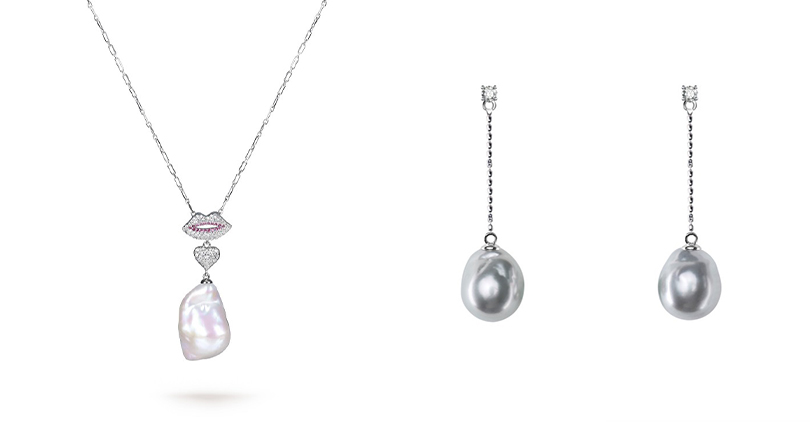 Shop Now
Shop Now
As per Mangatrai, round pearls infuse classic charm with a stylish look. Dramatic design matches the formal vibe and creates a dynamic effect. Compared to uneven shapes, round pearls are worth delicate and subtle designs. Hence, the finest apparel of round pearls embraces feminine charm.
Further, Baroque shapes create visual interest in custom jewelry. Plus, modern consumers prefer diversity to cover various outfits. Also, people’s shifts toward self-expression make shapes more adaptable. So, artisan incorporates baroque to align with a variety of settings and tastes.
How to Choose the Right Pearl Shape for Your Needs
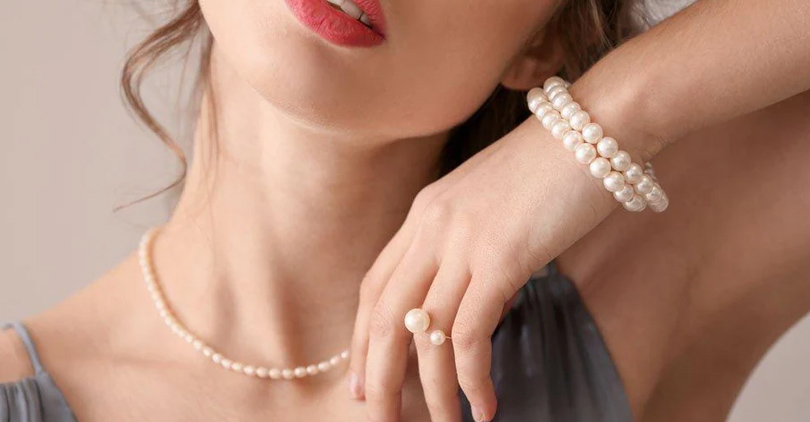
While picking shapes, consider face shapes, attires, and styles. Let's dive into these factors in detail.
Casual vs. Formal Wear
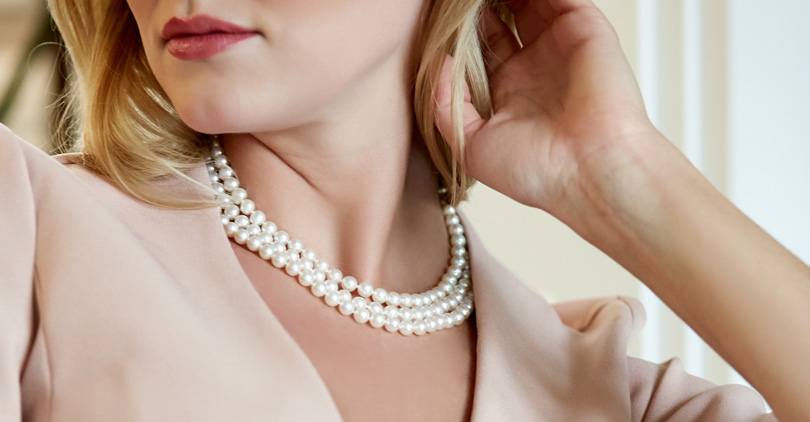
When picking for a formal, round, or near-round shape, infuse timeless chic. Whether it’s a wedding or a gala, these pearls create a polished, elegant look. In contrast, unique shapes offer a playful vibe to any attire. Even baroques pair casual attire with modern settings and a relaxed touch.
Prefer Face Shapes
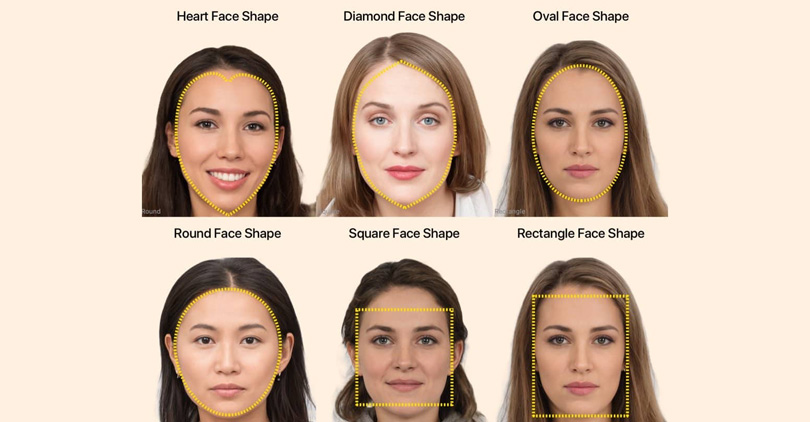
Proper pearl shape balances face features to elevate harmony. A drop or oval shape elongates the round face to create the illusion of fullness. Baroque softens strong angles and broad jawlines to add a sense of balance.
Round shapes shorten long faces to add fullness to your face sides. For a versatile oval face, you can try any pearl shape. Yet, pearls can enhance the natural face symmetry with unique settings.
Unique Styles
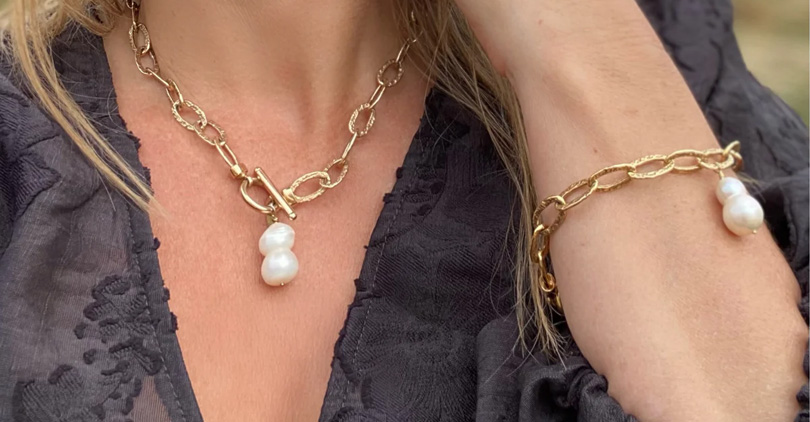
If you’re going for a boho vibe, baroque pieces hold your back. Unique shapes infuse quirky settings to give a striking look. For covering regular hustle, versatile shapes maintain a balance. Pick pearl colors to avoid being too flashy on casual outings.
Conclusion
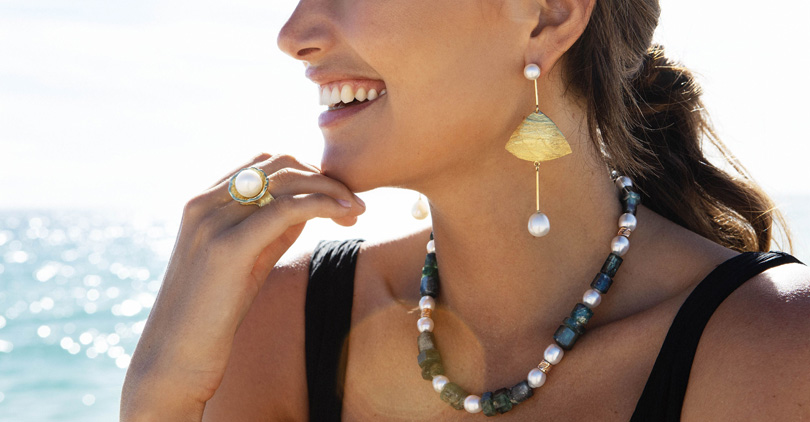
From round to baroque, pearl shapes slay jewelry appeal and value. The perfection of round pearls poses the value and desire on the market. The uniqueness of baroque covers modern jewelry settings with artistic potential.
Further, consider your face shape and personal style to infuse pearl charm. So, visit White Victoria to pick shapes and enjoy the timeless gems!


Leave a Comment